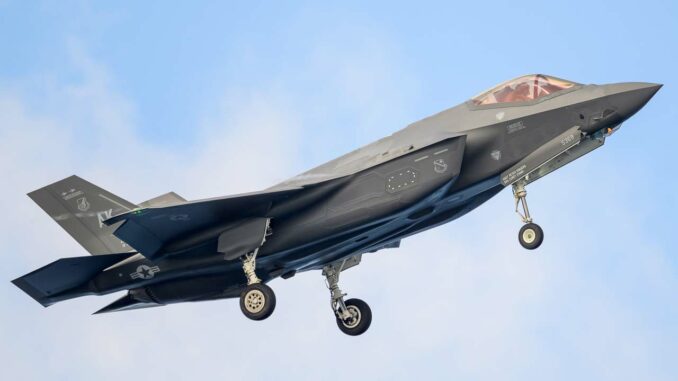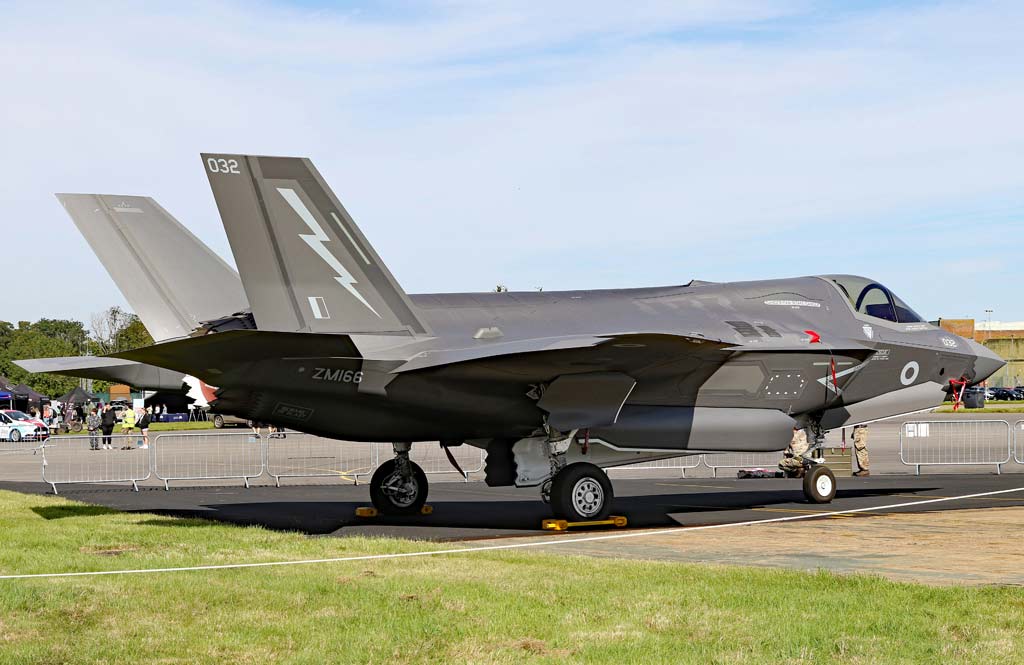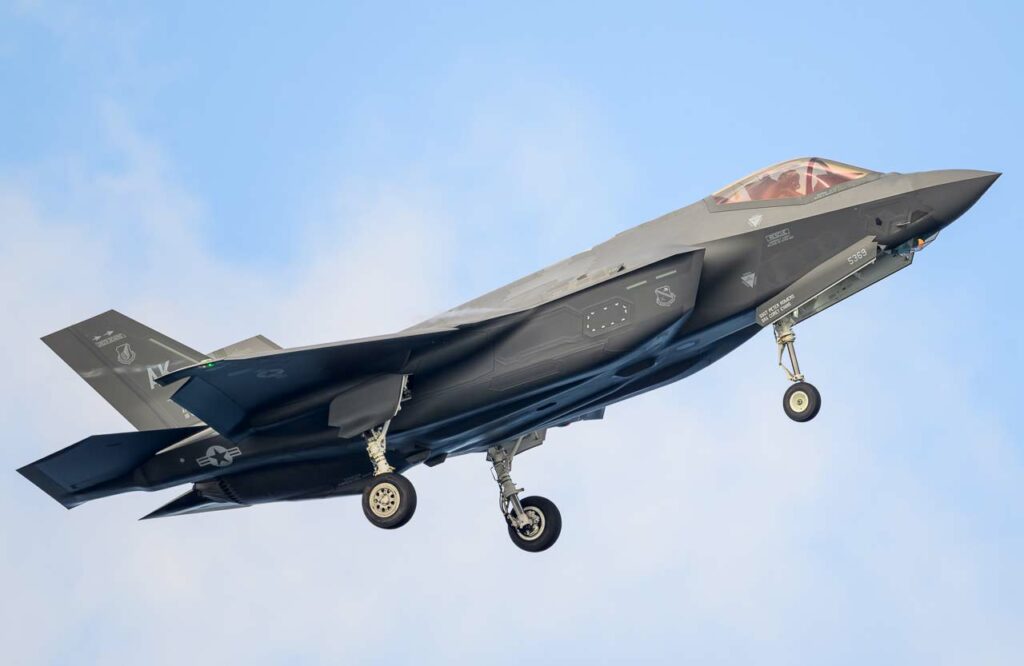
The Biden administration’s announcement to reduce Lockheed Martin’s FY 2025 F-35 fighter aircraft orders by 18% has sent shockwaves through the defense industry and prompted deep reflection on the financial and strategic implications of this decision.
This decision, driven by congressionally-imposed budget constraints, represents a major challenge for Lockheed Martin, one of the leading suppliers of combat aircraft to the US armed forces. With an expected reduction in the Pentagon’s order for the F-35 stealth fighter to less than 70, compared with the 83 initially planned, this would mean a reduction of around $1.6 billion in spending on fighter aircraft.

Budgetary constraints
The F-35 is a crucial part of Lockheed Martin’s portfolio, with around a quarter of its sales coming from the F-35 program. However, international demand for these aircraft remains strong, with each aircraft costing between $80 and $120 million, depending on type. Despite this, the reduction in orders by the US government will have a direct financial impact on the company, as evidenced by the 2.6% fall in its shares following the announcement of this decision.
The reduction in F-35 orders comes against the backdrop of Biden’s proposed $895 billion defense and national security budget, which has led to substantial cuts in various programs and delays in ongoing programs. This decision highlights the challenges facing arms manufacturers in a context of budget constraints and increasing geopolitical pressures.
Beyond the financial implications, the reduction in F-35 orders also raises important strategic questions. The F-35 is widely regarded as an essential component of US air superiority, with its advanced stealth capabilities and operational versatility. Reduced orders could therefore compromise the United States’ power projection capabilities in future combat environments.
Impact on international alliances
This could also have an impact on international alliances and defense partnerships, as many U.S.-allied countries have invested in the F-35 program and depend on these aircraft for their own defense operations. A reduction in US orders could therefore have repercussions on these partnerships and alliances.
In addition, this decision could also influence the defense industry landscape, with potential consequences for employment and innovation in the sector. Lockheed Martin’s suppliers and subcontractors could also feel the effects of this reduction in orders, which could have repercussions for the entire defense industry supply chain.

The Biden administration’s reduction of Lockheed Martin’s F-35 fighter aircraft orders for fiscal year 2025 represents a major challenge for the company, and raises important questions about the financial and strategic implications of this decision. It also highlights the broader challenges facing arms manufacturers in a context of increasing budget constraints and geopolitical pressures.
War Wings Daily is an independant magazine.